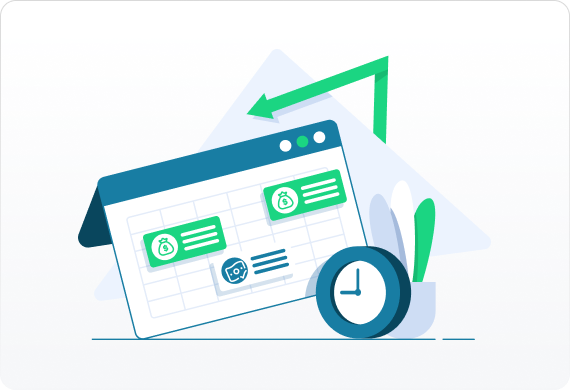If you plan on opening a new bakery, count on laying out significant amounts of capital before you take your first pie out of the oven. Opening or expanding a new location will also involve many of these same costs.
Once you are ready to move forward with your plan, you will need to find the right location. Look at foot traffic and parking, and nearby businesses, of any potential site. Your business’ visibility to the neighborhood, whether it is from their car when driving by or when out walking the dog, will impact your sales.
The space should also have room for ovens and the plumbing and electrical necessary for dishwashers and sinks. You will also need room for a front counter and register, and possibly some tables and chairs. Consider how much work you will have to put into renovating the space, as the average bakery renovation costs around $100,000.
Commercial ovens, mixers, baking sheets, and racks, all of this can add up to around $100,000, as well, depending on your bakery’s size. Furniture and other gadgets can cost around $25,000. In addition to the equipment needed to run a bakery, you’ll have to pay for a business registration fee, permits, and licenses, and possibly undergo and comply with health code inspections.
Add in a register and POS system, plus utilities and payroll, and the average cost to launching a new bakery range from estimates of $10,000 at the low end to $700,000 for a full-scale operation. And that is just to begin.
Once open, it could take anywhere from three months to a year to break even. During that time, you will have to cover all of your operating costs. While you can purchase items like pastry bags and boxes ahead of time, there will be variable costs you must cover. Ingredients for your baked goods will be one of the largest, with payroll and utilities the next. These costs are difficult to predict because they will depend so much upon your business’ volume.
Before you sign a lease or apply for a working capital loan, prepare a comprehensive business plan which addresses how you will pay for all of these costs.







